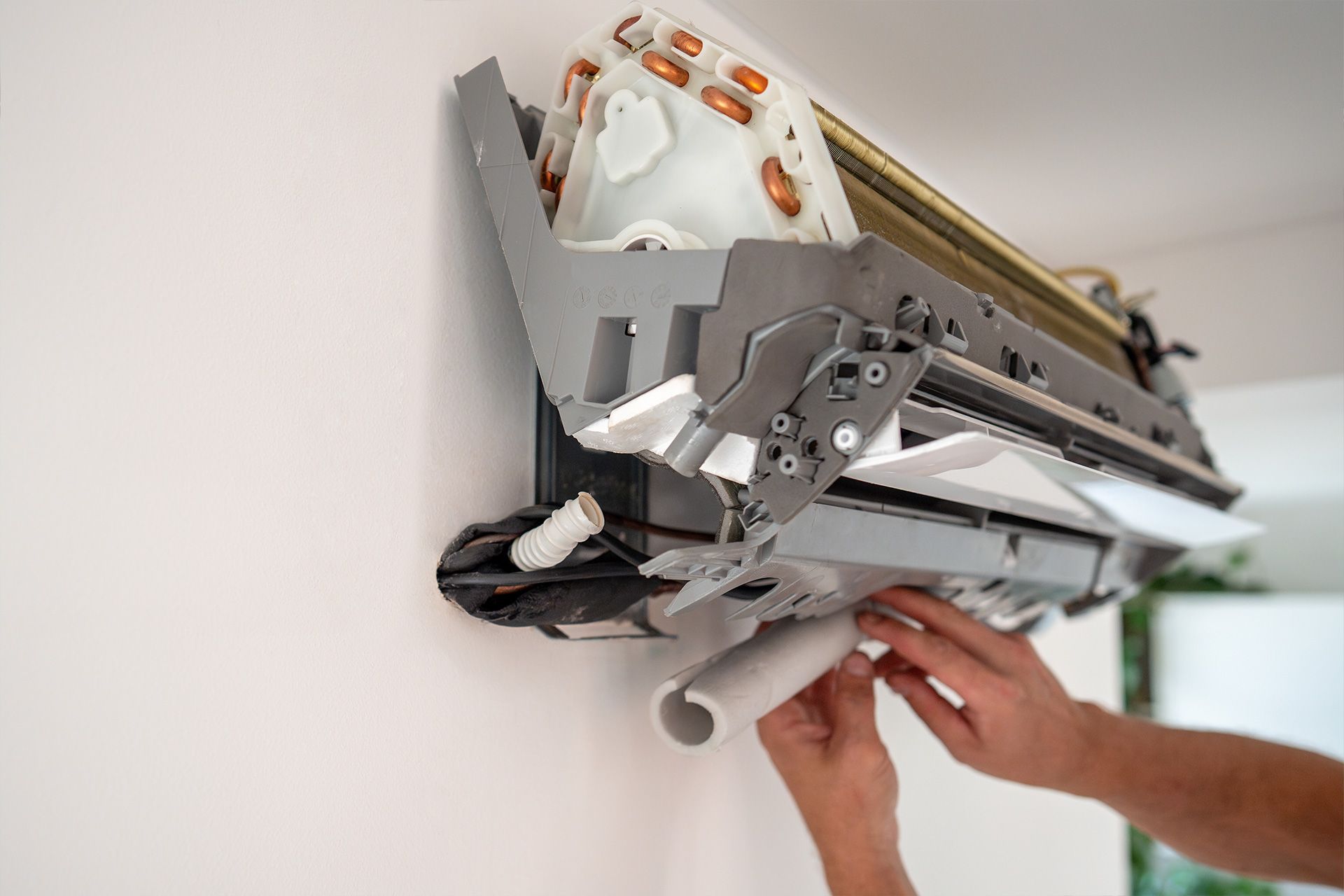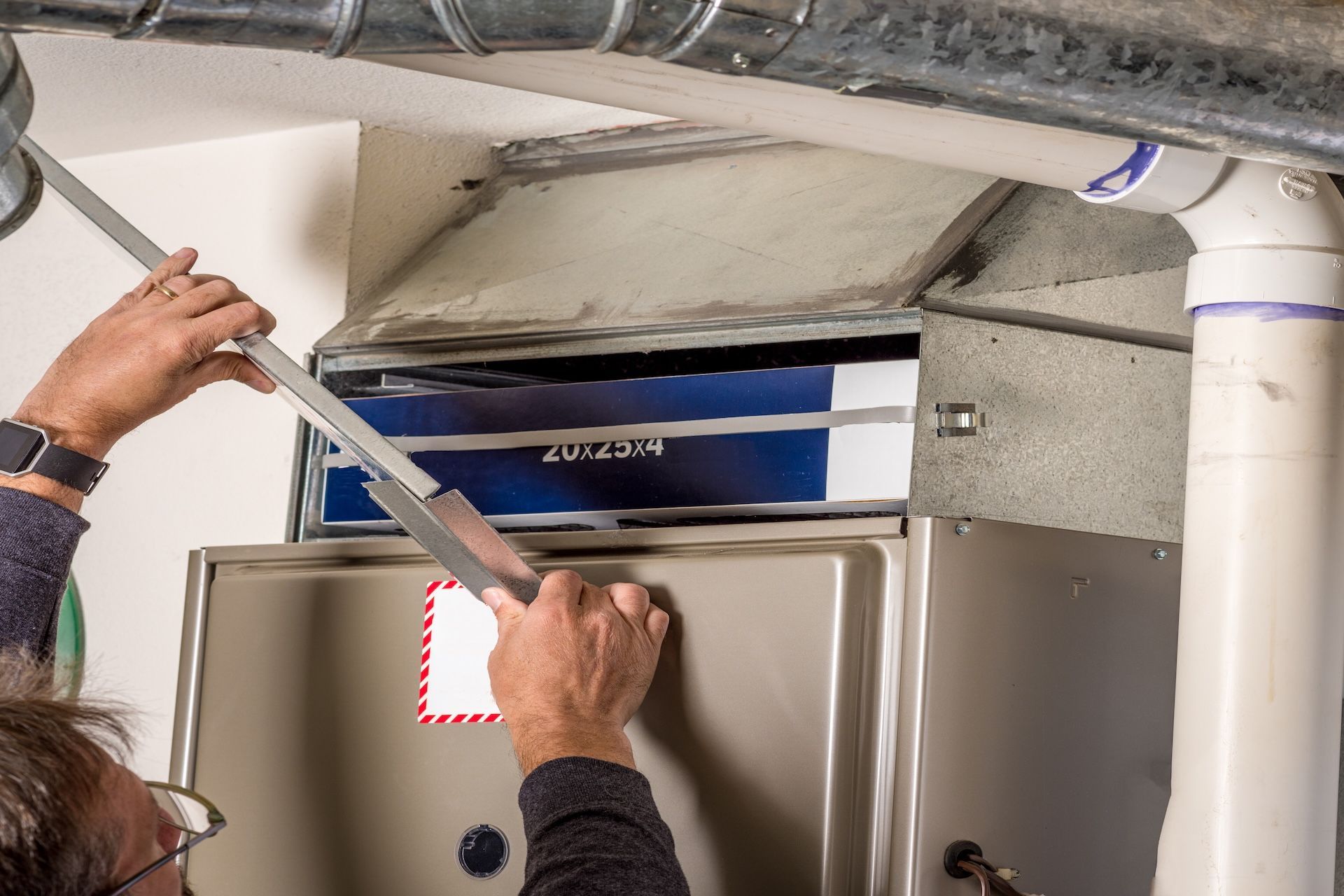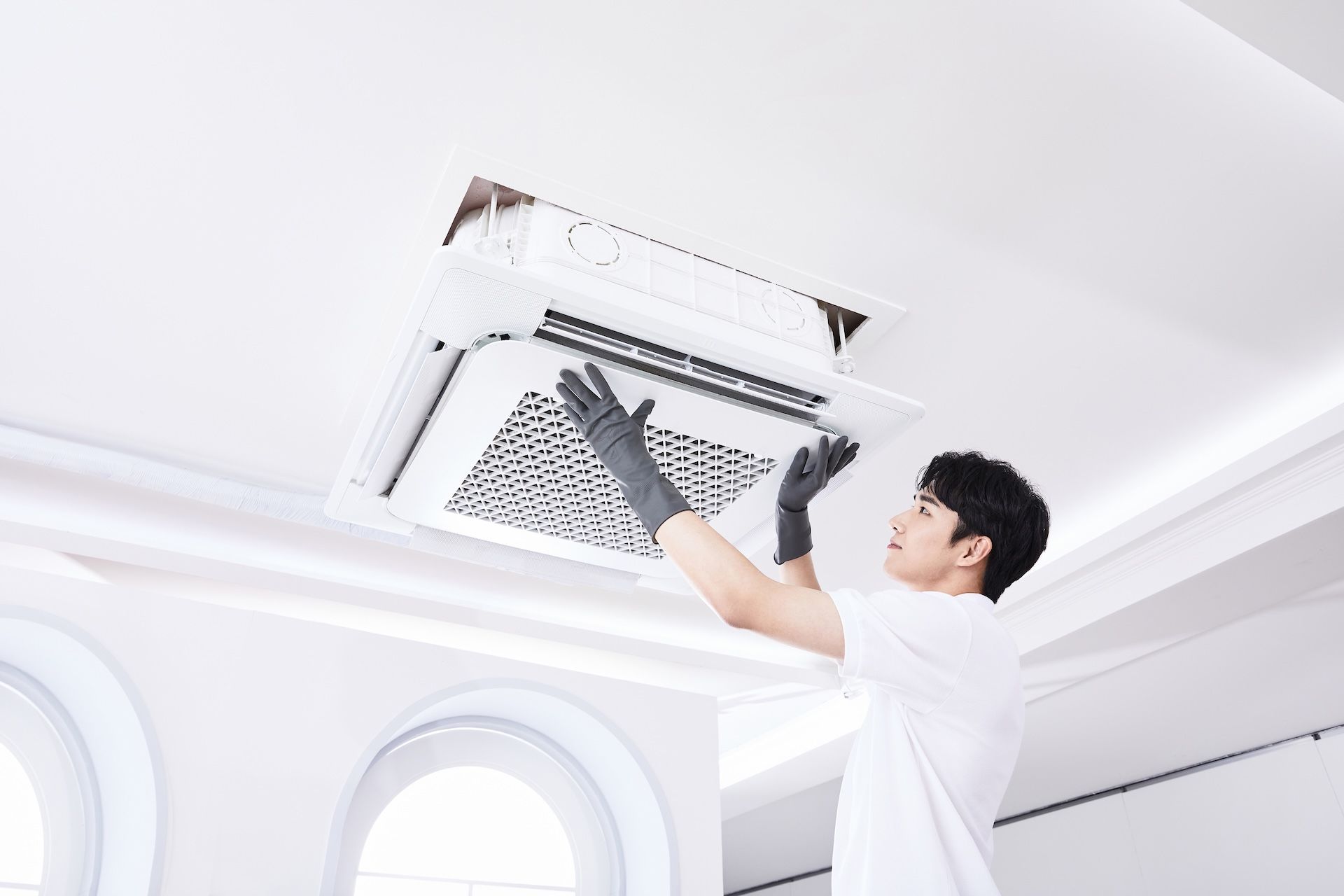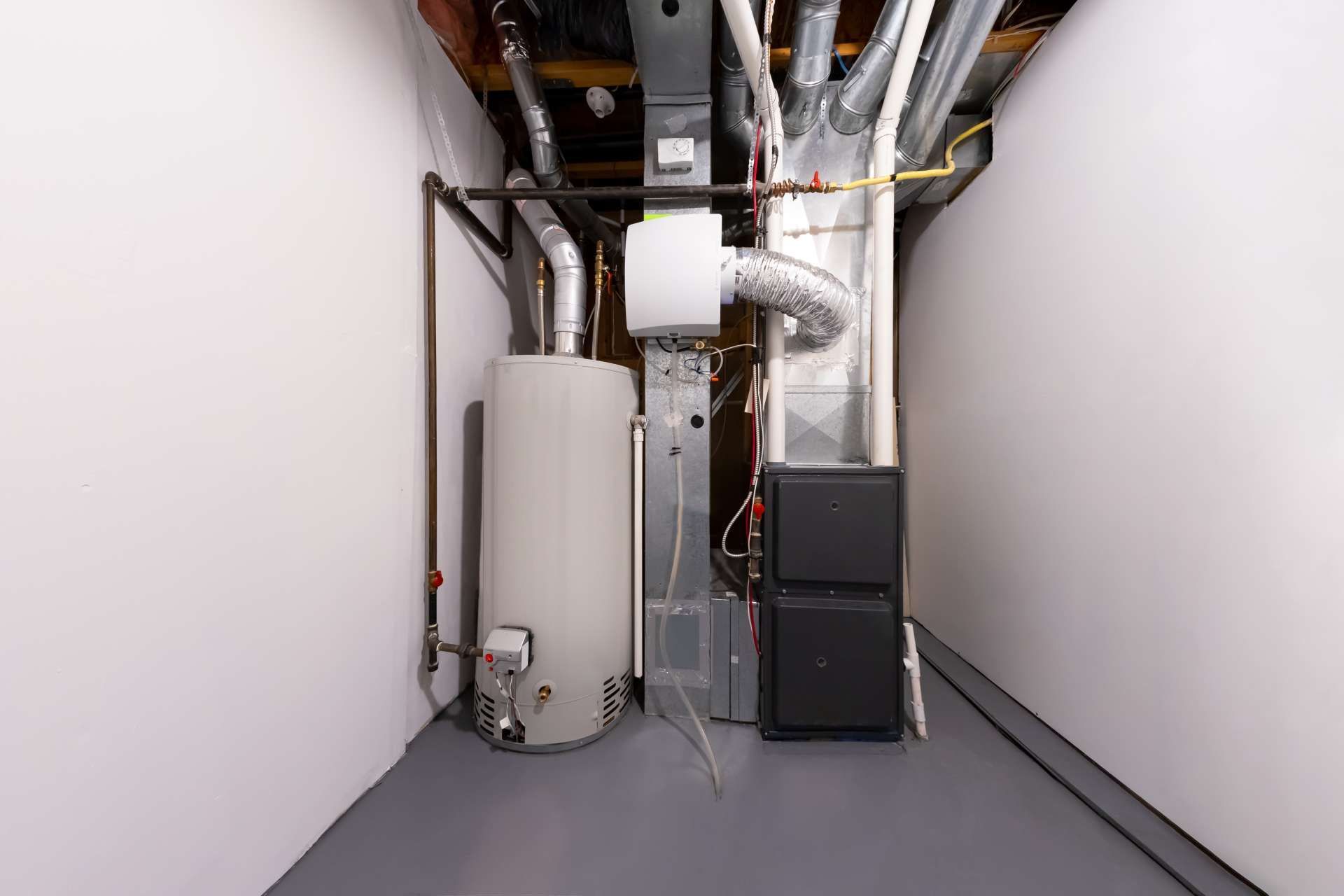Articles
HVAC Contractor Tips and Articles For Your Home
How Does a Water Heater Work?
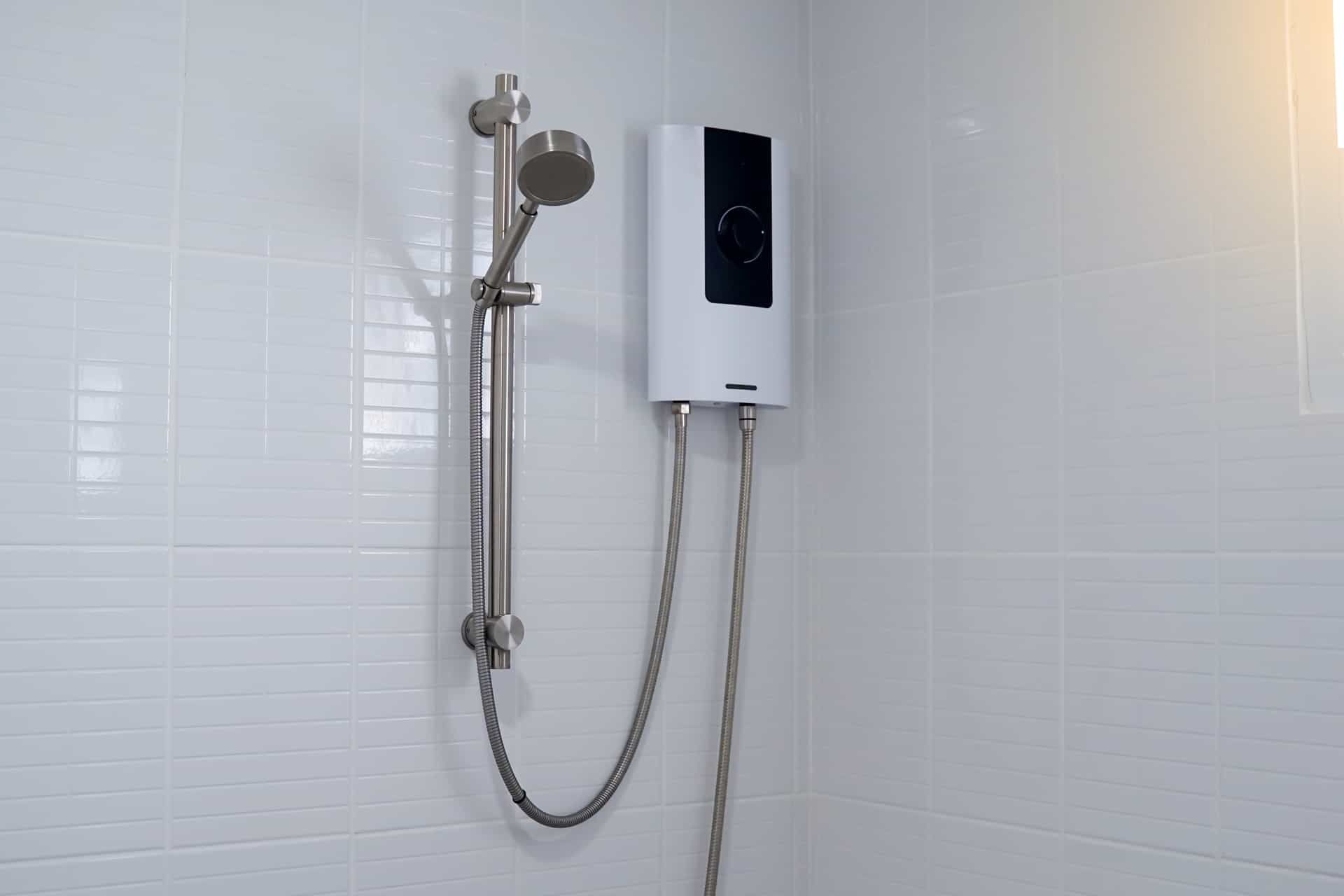
Every time you step into a warm shower, wash your dishes, or do your laundry, you rely on your water heater to supply hot water. While this appliance is a standard feature in most homes, many people don’t know how it works. In this guide, we’ll uncover the secrets behind your water heater and explain how it provides the hot water you use every day.
The Basics of a Water
A water heater is a device that heats water and delivers it to your faucets and appliances when needed. It’s usually located in a utility room, basement, or garage, and requires regular
water heater services to ensure optimal performance and longevity. There are two main types of water heaters: tank and tankless. Each type works differently but achieves the same goal of providing hot water.
How Does a Tank Water Heater Work?
Tank water heaters are the most common type found in homes. Here’s how they work step-by-step:
1. Cold Water Enters the Tank
Cold water enters the tank through a dip tube, which directs it to the bottom of the tank. This ensures that the coldest water is closest to the heating element.
2. Heating the Water
Inside the tank, a heating element or burner heats the water:
- Electric Water Heaters: These use electric heating elements located inside the tank.
- Gas Water Heaters: These use a gas burner located beneath the tank.
A thermostat monitors the water temperature and ensures it stays within a preset range, usually between 120°F and 140°F.
3. Storage and Insulation
The tank holds the hot water until it’s needed. To keep the water warm, the tank is insulated with materials like foam or fiberglass.
4. Hot Water Delivery
When you turn on a hot water tap, the hot water exits the tank through a pipe at the top. At the same time, cold water enters the tank to replace it, ensuring a continuous supply.
5. Safety Features
- A pressure relief valve prevents the tank from over-pressurizing.
- A drain valve at the bottom allows you to flush out sediment and maintain efficiency.
How Does a Tankless Water Heater Work?
Tankless water heaters, also known as on-demand water heaters, heat water only when needed. Here’s how they operate:
1. Activation
When you turn on a hot water tap, cold water flows into the unit, activating the heating process.
2. Heating Process
- Electric Tankless Heaters: Use powerful electric heating coils to heat the water.
- Gas Tankless Heaters: Use a gas burner to heat the water as it flows through a heat exchanger.
The water is heated instantly, eliminating the need for a storage tank.
3. Hot Water Delivery
The hot water flows directly to your faucet or appliance. Because there’s no tank, the supply of hot water is theoretically endless, as long as the unit’s capacity isn’t exceeded.
4. Efficiency
Tankless water heaters are highly efficient because they don’t lose heat through storage. However, they may have higher upfront costs compared to tank water heaters.
Key Components of a Water Heater
Whether you have a tank or tankless water heater, several key components make it work efficiently:
- Thermostat: Controls the water temperature.
- Heating Element/Burner: Heats the water.
- Dip Tube: Directs cold water to the bottom of the tank in tank heaters.
- Heat Exchanger: Transfers heat to water in tankless systems.
- Pressure Relief Valve: Ensures safety by releasing excess pressure.
- Anode Rod: Prevents rust and corrosion in tank water heaters.
Signs Your Water Heater Needs Maintenance
Like any appliance, water heaters require regular maintenance to operate efficiently. Here are some signs that your water heater might need attention:
- Inconsistent Water Temperature: If your water isn’t as hot as it used to be, it could indicate a failing heating element or thermostat.
- Strange Noises: Popping or rumbling noises could mean sediment has built up in the tank.
- Leaking Water: Leaks around the tank are a clear sign of trouble.
- Rusty Water: Discolored water could mean the tank is corroding.
- High Energy Bills: An inefficient water heater can cause your utility bills to spike.
Regular maintenance, like flushing the tank and checking the anode rod, can extend your water heater’s lifespan and improve its performance.
Benefits of Modern Water Heaters
Today’s water heaters come with advanced features that make them more efficient and user-friendly:
- Energy Efficiency: Modern models use less energy, saving you money on utility bills.
- Smart Technology: Some water heaters can be controlled via smartphone apps, allowing you to monitor and adjust settings remotely.
- Improved Safety: Enhanced safety features reduce the risk of accidents.
- Eco-Friendly Options: Tankless water heaters and models with high-efficiency ratings are better for the environment.
Choosing the Right Water Heater for Your Home
When selecting a water heater, consider these factors:
- Household Size: A larger family may need a tank with greater capacity or a high-output tankless system.
- Energy Source: Decide whether you prefer gas or electric models based on your home’s setup.
- Budget: While tankless systems have higher upfront costs, they save money in the long run due to their efficiency.
- Warranty: Look for models with long warranties to ensure peace of mind.
Conclusion
Understanding how a water heater works helps you appreciate this essential home appliance. Whether you have a traditional tank water heater, a modern tankless system, or a
water heater expansion tank, regular maintenance and choosing the right model can ensure you enjoy hot water whenever you need it.
Need help with your water heater? Contact
Gleason today for expert water heater services!
Disclaimer: The information on this website and blog is for general informational purposes only and is not professional advice. We make no guarantees of accuracy or completeness. We disclaim all liability for errors, omissions, or reliance on this content. Always consult a qualified professional for specific guidance.

